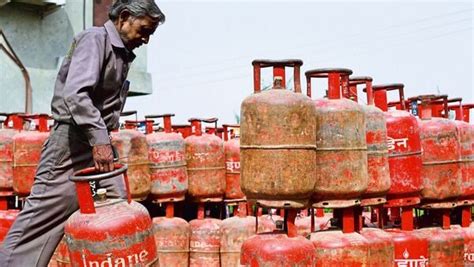How to use gas costs to optimize Ethereum
Transactions
While the introduction of cryptocurrencies continues to grow, many users are looking for ways to optimize their Ethereum transactions and reduce their gas costs. With the increase in network overload and the price increase, it is crucial to stay in the budget and at the same time achieve your financial goals. In this article we will examine the concept of gas costs and give advice on how you can use you effectively to optimize your Ethereum transactions.
What are gas costs?
Gas costs are the costs associated with the validation of transactions in the Ethereum network. They are calculated in accordance with the number of transactions carried out, the complexity of each transaction and other factors. In simple words, the gas costs for computing power, which are used by intelligent contracts to execute transactions and the review of their validity.
Understand the shares of gas prices **
Gas prices can fluctuate depending on the market conditions, whereby higher prices can indicate a higher demand for Ethereum calculation performance. Here are some important elements that you have to take into account in the shares of gas prices:
* Minimum gas price : Most gas price offers are based on minimum costs that have to be paid for the execution of a transaction. These costs generally vary between 20 and 100 Gwei (gas units) and vary depending on the complexity of the transaction.
* Floor gas price : Some networks such as Polkadot have integrated gas price floors that guarantee that a certain number of transactions will be carried out within a defined time.
* Gas price bands : Many stock exchanges and wallets use gas price strips to offer more price inflexibility. These gangs can vary between 0.1 and 20 Gwei (gas units) per transaction.
Optimization of gas costs
To optimize your Ethereum transactions, follow the following tips:

1. Monitor your transactions
- Hold a track of the number and type of transactions that you run.
- Identify which are most expensive in terms of gas costs.
2. Select the right wallet or the right exchange
Various portfolios and stock exchanges have variable gas prices profiles. Some popular options are:
* Metamask: offer competitive gas prices by highlighting the user experience.
* Coinbase: offers a wide range of functions, including gas price and optimization tools.
* Binance Smart Chain (BSC): Use a decline in gas prices compared to Ethereum, since the architecture focuses on scalability.
3. Optimization of the complexity of transactions
- Minimizing the complexity of transactions can lead to a decline in gas costs. Try to reduce the number of gas units by performing smaller transactions or combining several actions in a single transaction.
- Consider using price and prioritization techniques, e.g. B. a list of loose transactions with higher priority.
4. Use gas costs
Gas fees optimists are special tools with which you can minimize your gas costs in real time. These applications generally offer extended functions such as:
* Prioritization of transactions
* Lot optimization
* Analysis and optimization of intelligent contracts
Diploma
Understanding the administration of gas costs is a crucial aspect in optimizing Ethereum transactions. By monitoring your transactions, the selection of the right portfolio or in exchange, minimizing the complexity of the transactions and the use of gas costs, you can reduce your gas costs and at the same time achieve your financial goals. While the blockchain ecosystem develops, it is important to stay over the best practices to manage the gas costs to ensure smooth experience in Ethereum.
Additional resources
- Ethereum -Documentation: <
- Cryptoslate: <
- The block protocol: <
